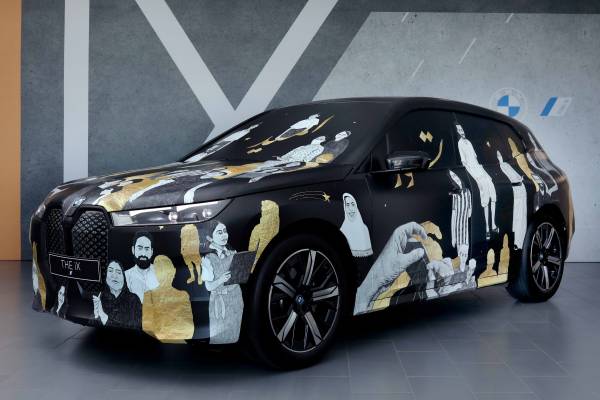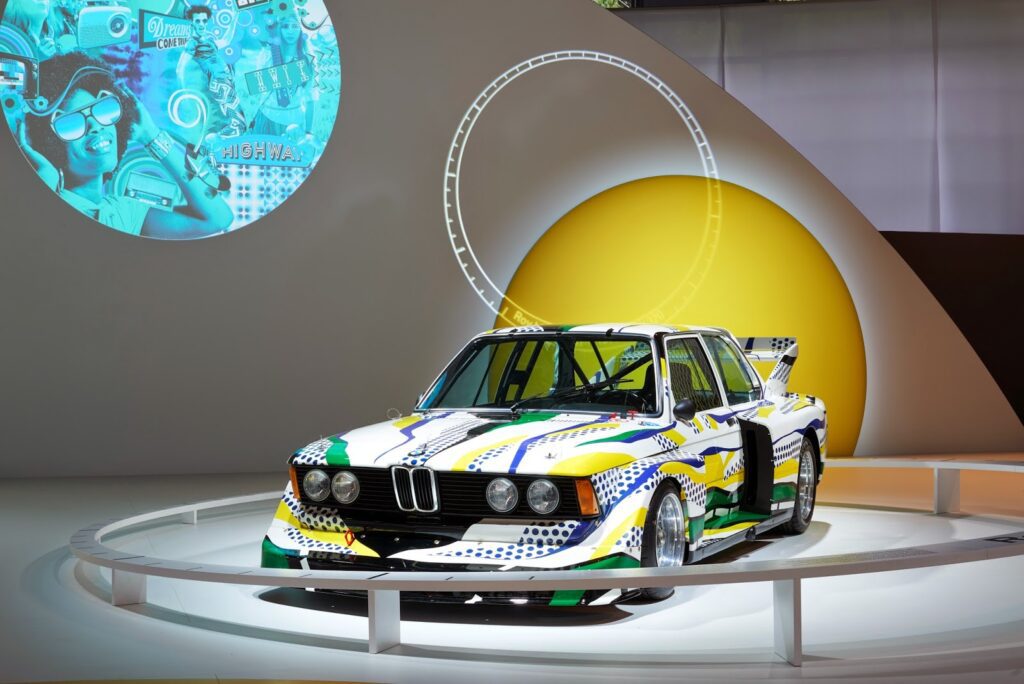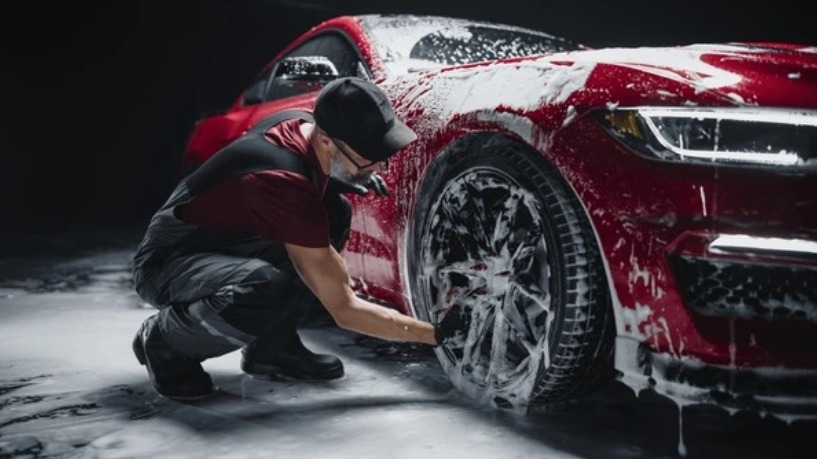Art and automobiles may seem like two very different worlds, but they have more in common than you might think. Both are products of human creativity and innovation, and both have the power to inspire and captivate us. It’s no surprise, then, that many artists have found inspiration in the sleek lines, vibrant colors, and raw power of cars. In this article, we’ll explore some of the ways that artists have incorporated automobiles into their work, from paintings and sculptures to installations and performance art.
Paintings and Drawings

Perhaps the most obvious way that artists have represented automobiles is through paintings and drawings. From the iconic muscle cars of the 1960s to the sleek hypercars of today, cars have been a popular subject for artists for decades. Some artists, like British painter David Hockney, have created entire series of car-themed works. In his “Moving Focus” series, for example, Hockney depicted cars in motion, using a technique that involved multiple viewpoints to capture the sensation of speed and movement.
Other artists have taken a more abstract approach to car-inspired art. American artist Robert Rauschenberg, for instance, created a series of “automobile tire prints” in the 1950s, in which he coated tires with ink and rolled them over paper to create abstract, textured compositions. Similarly, French artist César Baldaccini used crushed car parts to create his “Compressions” sculptures, which were both a commentary on consumer culture and a celebration of the beauty of industrial materials.
Sculpture and Installation Art
While paintings and drawings can capture the visual appeal of cars, sculpture and installation art allow artists to explore the three-dimensional qualities of these machines. American artist John Chamberlain, for example, created stunning sculptures from crushed car parts, using the colors and shapes of the metal to create abstract compositions that seemed to capture the essence of speed and power. Similarly, German artist Timm Ulrichs created a “car coffin” in the 1970s, in which he placed a junked car inside a transparent plexiglass box, turning it into a macabre yet strangely beautiful work of art.
Installation art has also been used to explore the cultural significance of cars. In a 2017 exhibition at the Museum of Contemporary Art in Chicago, American artist Jessica Stockholder created an installation called “Cross Hatch,” which featured a maze of brightly colored pipes and metal rods arranged in a way that evoked both the structure of a car engine and the chaos of rush hour traffic. The piece was both a celebration of the beauty of industrial materials and a commentary on the impact of cars on our environment and our lives.
Performance Art
Finally, some artists have used performance art to explore the relationship between humans and cars. In a 2016 performance piece called “Red Line,” American artist Liz Glynn invited a group of volunteers to push a vintage Cadillac up a hill in Los Angeles, symbolizing both the power of human effort and the futility of trying to control the massive machines we’ve created. Similarly, in a 2013 performance called “Auto Theater,” German artist Martin Kippenberger created a full-size replica of a car and drove it around a theater stage, blurring the line between reality and fiction and questioning our obsession with cars and speed.
The intersection of art and automobiles is a rich and varied field, full of creativity, innovation, and unexpected connections. From the classic paintings of David Hockney to the avant-garde installations of Jessica Stockholder, artists have found countless ways to explore the beauty, power, and cultural significance of cars. Whether you’re a car enthusiast, an art lover, or simply curious about the ways that different forms of human creativity intersect, there’s something to inspire and intrigue you in the world of car-inspired artwork.






